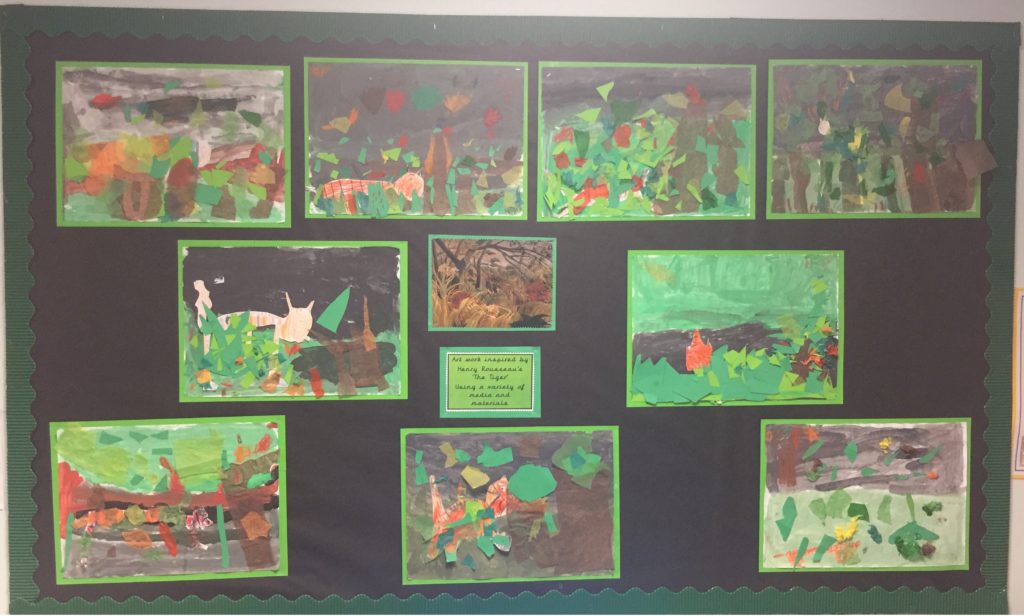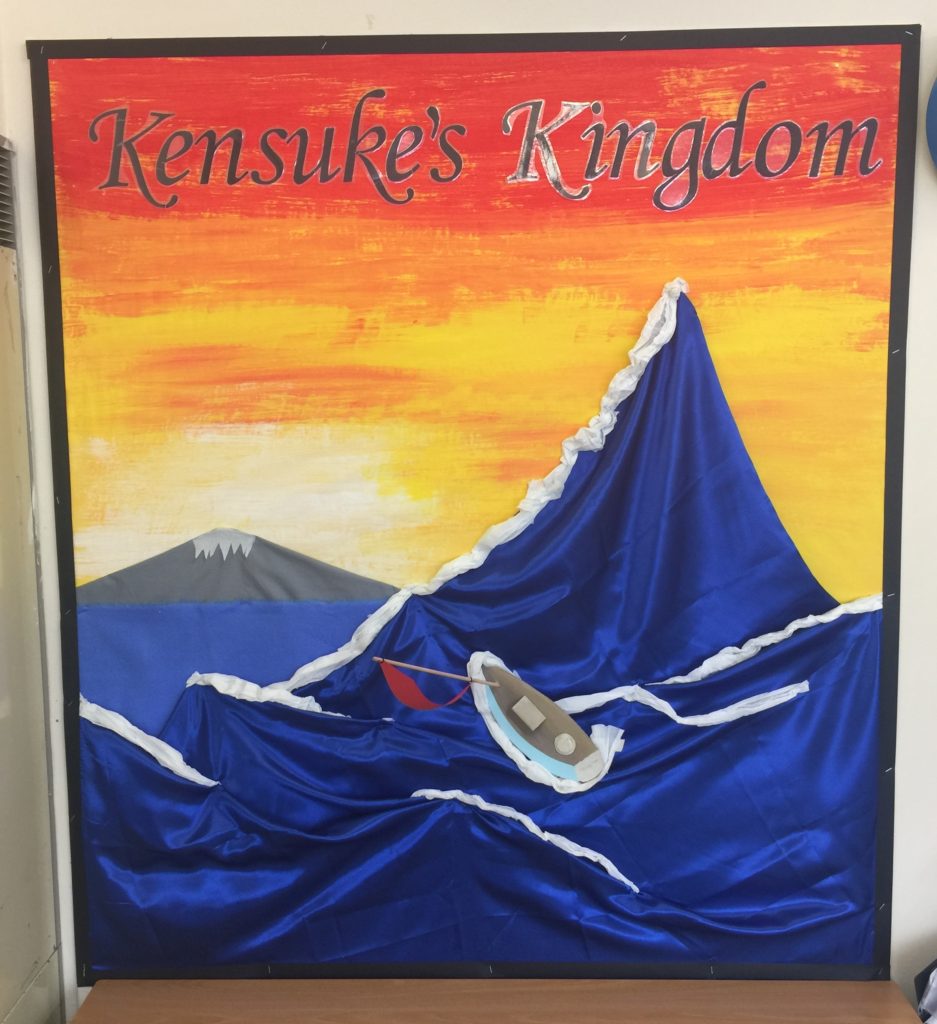At Hemlington Hall Academy we engage, inspire and challenge pupils through art and design so that children have the confidence and ability to experiment, invent and create their own works of art using a wide range of media. Children also develop an understanding of how art can reflect history, and can contribute to both our own culture and other cultures around the world.
Intent
- Children enjoy and appreciate art and design as more than ‘background wallpaper’ – and from a range of artists and media
- Children know that art is a way to express themselves and creativity
- Children know that they do not have to be a fantastic drawer or painter to be good at art and appreciate other’s artwork
- Children will willingly try and create drawings, sculptures and paintings with enjoyment
- Children will be able to select from a range of media in order to create the artwork which they have planned
- Know the key knowledge identified in each unit, so that they have a firm knowledge base by the end of primary school.
Our Art and Design Curriculum at Hemlington Hall Academy
Key stage 1 Pupils should be taught:
• to use a range of materials creatively to design and make products
• to use drawing, painting and sculpture to develop and share their ideas, experiences and imagination
• to develop a wide range of art and design techniques in using colour, pattern, texture, line, shape, form and space
• about the work of a range of artists, craft makers and designers, describing the differences and similarities between different practices and disciplines, and making links to their own work.
Key stage 2 Pupils should be taught to develop their techniques, including their control and their use of materials, with creativity, experimentation and an increasing awareness of different kinds of art, craft and design.
Pupils should be taught:
• to create sketch books to record their observations and use them to review and revisit ideas
• to improve their mastery of art and design techniques, including drawing, painting and sculpture with a range of materials [for example, pencil, charcoal, paint, clay]
• about great artists, architects and designers in history.






